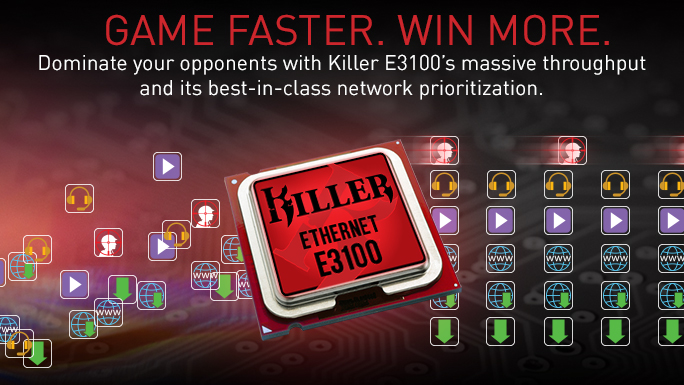Yeah OK and where do we get 2.5g switches/routers from?
edit - Amazon has this 8 port switch for the low low price of $539
Amazon.com: TRENDnet 8-Port 10G EdgeSmart Switch, 8 x 10GBASE-T Ports, Supports 2.5G/5G NBASE-T, 160Gbps Switch Capacity, 1U Rack Mountable, 10G Managed Ethernet Network Switch, Lifetime Protection, TEG-7080ES: Computers & Accessories
www.amazon.com
Jesus.
10gig SFP+ switches can be had for less.
It's all marketing BS anyway since everything has to go through the 1g uplink port on my FIOS router.
Don't get me wrong. I am a huge proponent of more bandwidth in the home.
I'm current home network looks something like this:
Gigabit Fios In --> Custom build pfSense Router --> Aruba 48 Port Gigabit switch with 4 10gig SFP+ uplink ports.
The SFP+ ports are all populated as follows:
- Single VLAN Trunked 10Gig optical line to my VM / NAS server
- 10Gig optical line to my Workstation
- 10Gig optical line to MikroTik 24port Gigabit first floor switch
- 10Gig optical line to MikroTik 24port Gigabit second floor switch
I also have a dedicated 10gig optical run between my workstation to my server just for NAS purposes.
So, 10gig serves two important functions in my house.
1.) Backbone: The 24 ports in each switch on each floor share 10gig of bandwidth to the main switch in the basement. Considering I have many empty ports on those, and the WAN is limited to gigabit speeds I'm never going to come close to saturating those backbone 10gig lines, but between NAS and TV traffic to the server and WAN traffic, I'll certainly hit a few gigabit when the planets align. And that's kind of the point, you want it to not be limited during the worst case.
2.) Consolidation: I used to use as many as 8 gigabit lines to my server, some dedicated for certain purposes, others link aggregated to handle the load from the many different VM's Now its all consolidated in a single 10gig trunked line with many VLAN's to the main switch. It's a much sleeker and more convenient solution. Again, it rarely comes anywhere even near maxing out, but again, that's the point.
3.) NAS traffic. My dedicated 10gig line from my workstation to my NAS is great, and very convenient for transferring large files. When the NAS is relatively idle, not being hit hard by the VM's or other clients in the house, I can hit 1.2GB/s sequential data transfer. Capital B. Copying a 20Gig video file takes 17 seconds.
I have a couple of Unifi Wireless AP's, but I don't really use Wifi for much. Our phones. And the laptop I rarely use.
So, yes, I realize my use scenario is atypical for home users, but there are many applications where having higher internal bandwidth than your external bandwidth is very useful.
Their claims of lowering pings to external game servers can't possibly be anything but complete and utter rubbish though. I can't believe they can actually make claims like this without being concerned about fraud accusations...
This Killer company has never done anything worth ****.


